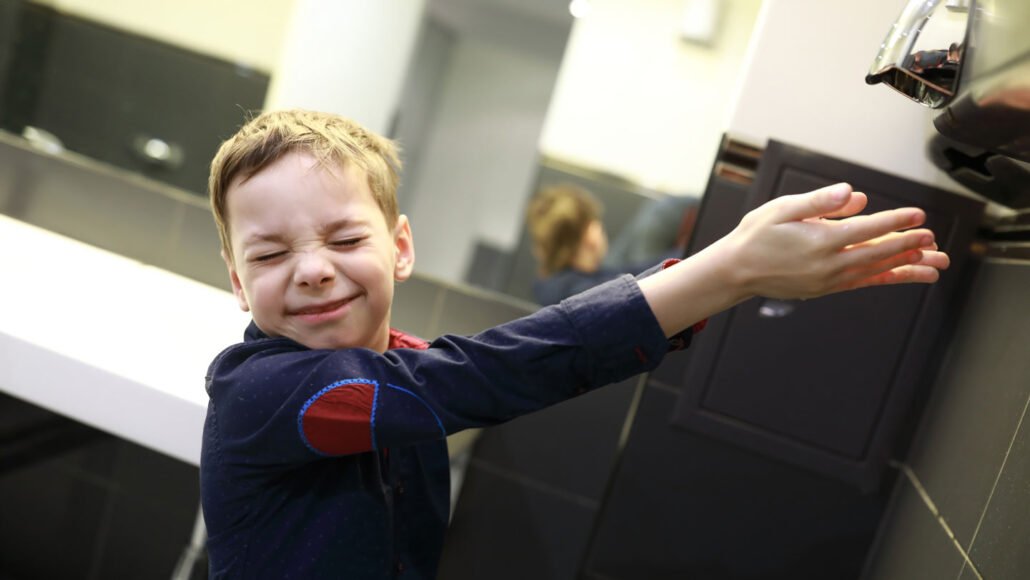average: (in science) A term for the arithmetic mean, which is the sum of a group of numbers that is then divided by the size of the group.
bacteria: (singular: bacterium) Single-celled organisms. These dwell nearly everywhere on Earth, from the bottom of the sea to inside other living organisms (such as plants and animals). Bacteria are one of the three domains of life on Earth.
COVID-19: A name given to the disease that erupted into a massive global pandemic in 2020. It first emerged in 2019 and is caused by a new coronavirus known as SARS-CoV-2. Symptoms can include pneumonia, trouble breathing, feeling too tired to walk more than a few steps, fever, headaches, low blood-oxygen levels, blood clots and brain “fog.”
engineering: The field of research that uses math and science to solve practical problems. Someone who works in this field is known as an engineer.
fungus: (plural: fungi) One of a group of single- or multiple-celled organisms that reproduce via spores and feed on living or decaying organic matter. Examples include mold, yeasts and mushrooms.
high school: A designation for grades nine through 12 in the U.S. system of compulsory public education. High-school graduates may apply to colleges for further, advanced education.
humidity: A measure of the amount of water vapor in the atmosphere. (Air with a lot of water vapor in it is known as humid.)
microbe: Short for microorganism. A living thing that is too small to see with the unaided eye, including bacteria, some fungi and many other organisms such as amoebas. Most consist of a single cell.
nutrient: A vitamin, mineral, fat, carbohydrate or protein that a plant, animal or other organism requires as part of its food in order to survive.
pandemic: An outbreak of disease that affects a large proportion of the population across much or most of the world.
petri dish: A shallow, circular dish used to grow bacteria or other microorganisms.
Regeneron International Science and Engineering Fair: (Regeneron ISEF) Initially launched in 1950, this competition is one of three created (and still run) by the Society for Science. Each year now, approximately 1,600 high school students from more than 60 countries, regions, and territories are awarded the opportunity to showcase their independent research at Regeneron ISEF and to compete for an average of almost $9 million in prizes.
SARS-CoV-2: A coronavirus that emerged in Wuhan, China, in late December 2019. It would go on to cause widespread — and sometimes lethal — disease throughout China and many other nations. Its name reflects its close similarity to the original coronavirus known as SARS (for severe acute respiratory syndrome). That SARS virus sparked a global outbreak of disease in 2003.
Society for Science: A nonprofit organization created in 1921 and based in Washington, D.C. Since its founding, the Society has been promoting not only public engagement in scientific research but also the public understanding of science. It created and continues to run three renowned science competitions: the Regeneron Science Talent Search (begun in 1942), the Regeneron International Science and Engineering Fair (initially launched in 1950) and MASTERS (from 2010 to 2022) and the Thermo Fisher Scientific Junior Innovators Challenge (launched in 2023). The Society also publishes award-winning journalism: in Science News (launched in 1922) and Science News Explores (created in 2003).
Texas: The second largest state in the United States, located along the southern border with Mexico. It is about 1,270 kilometers (790 miles) long and covers an area of 696,000 square kilometers (268,581 square miles).
virus: Tiny infectious particles consisting of genetic material (RNA or DNA) surrounded by protein. Viruses can reproduce only by injecting their genetic material into the cells of living creatures. Although scientists frequently refer to viruses as live or dead, in fact many scientists argue that no virus is truly alive. It doesn’t eat like animals do, or make its own food the way plants do. It must hijack the cellular machinery of a living cell in order to survive.
waste: Any materials that are left over from biological or other systems that have no value, so they can be disposed of as trash or recycled for some new use.
yeast: One-celled fungi that can ferment carbohydrates (like sugars), producing carbon dioxide and alcohol. They also play a pivotal role in making many baked products rise.









